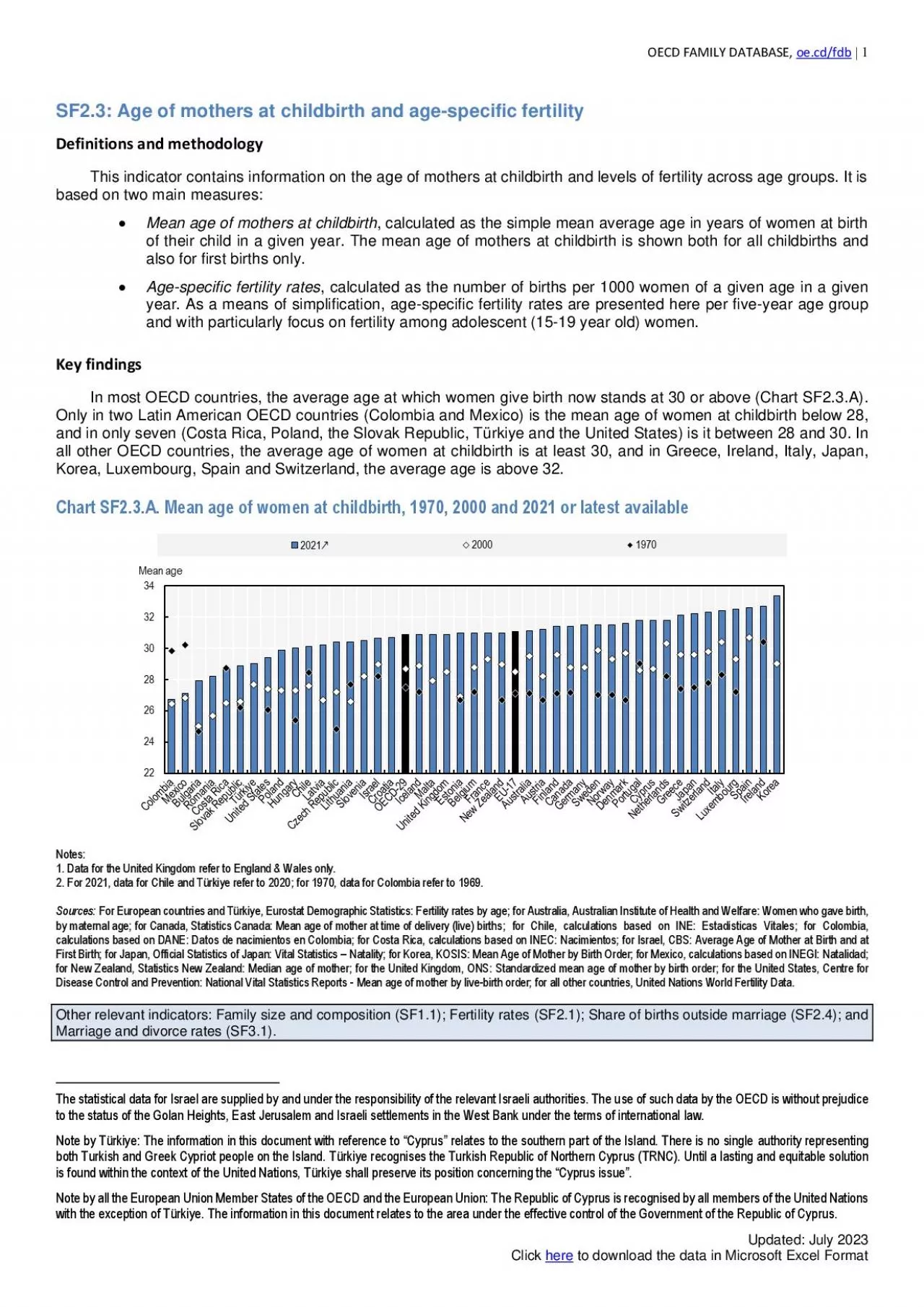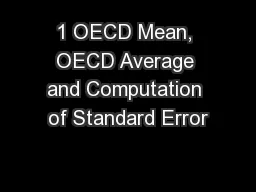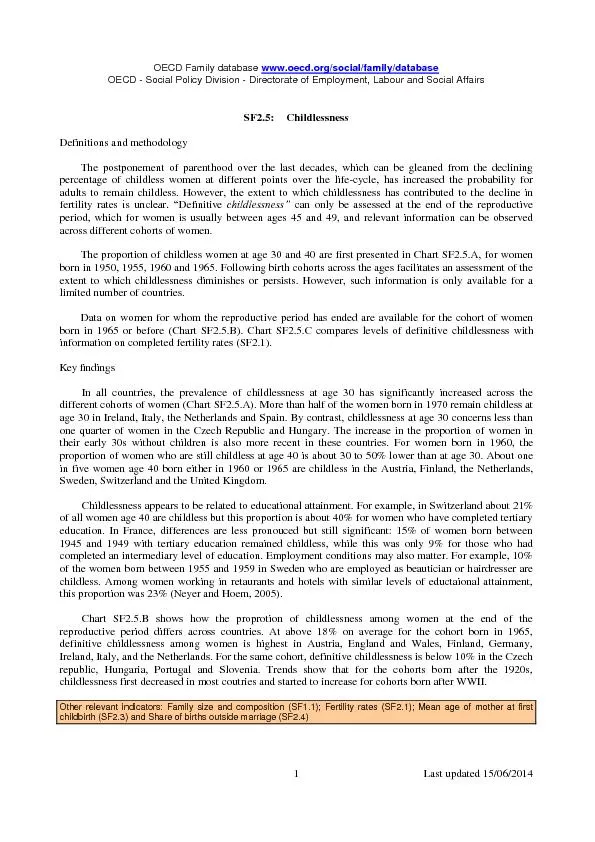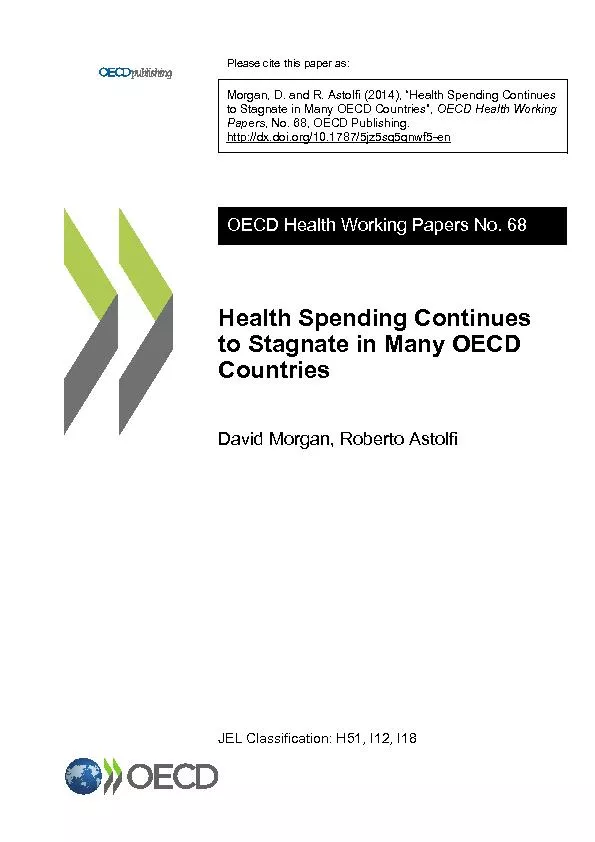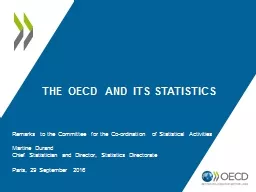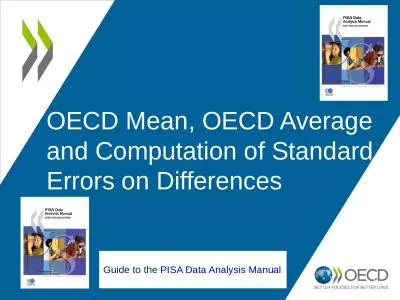PDF-OECD FAMILY DATABASE
Author : brianna | Published Date : 2021-10-01
oecdfdb1Updated August2021Click hereto download the data in Microsoft Excel FormatSF23Age of mothers at childbirthand agespecific fertilityDefinitions and methodologyThis
Presentation Embed Code
Download Presentation
Download Presentation The PPT/PDF document "OECD FAMILY DATABASE" is the property of its rightful owner. Permission is granted to download and print the materials on this website for personal, non-commercial use only, and to display it on your personal computer provided you do not modify the materials and that you retain all copyright notices contained in the materials. By downloading content from our website, you accept the terms of this agreement.
OECD FAMILY DATABASE: Transcript
Download Rules Of Document
"OECD FAMILY DATABASE"The content belongs to its owner. You may download and print it for personal use, without modification, and keep all copyright notices. By downloading, you agree to these terms.
Related Documents

